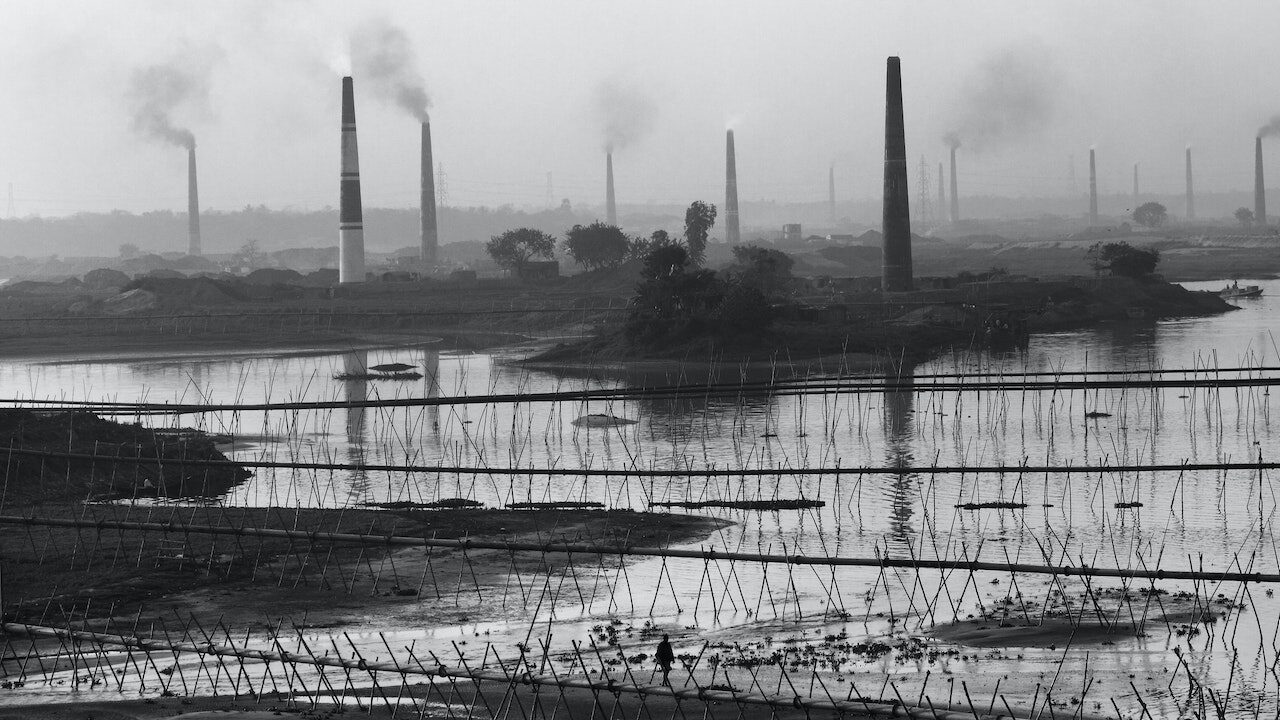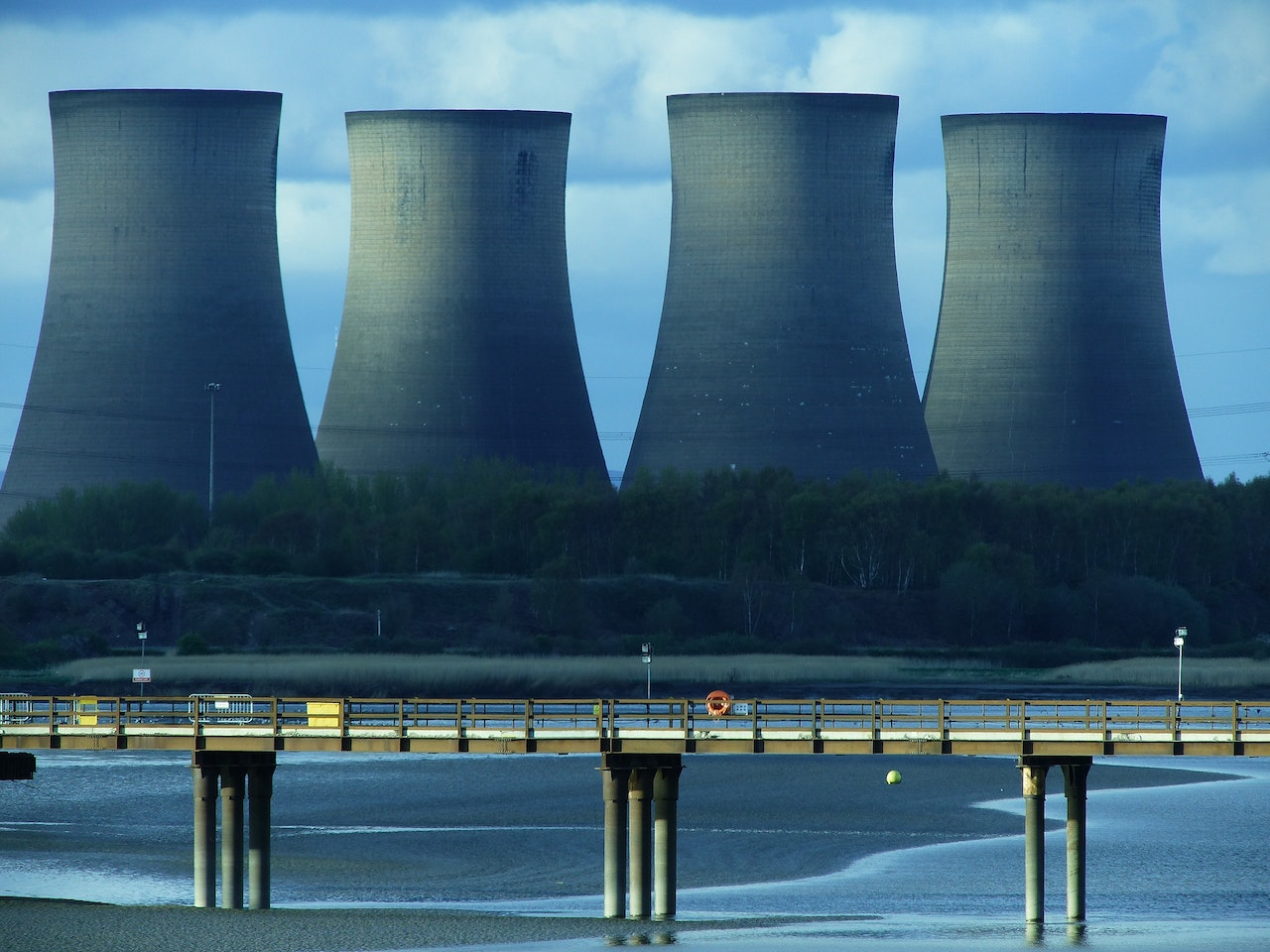Introduction

One issue—the steadily growing world population—remains a perennial worry in a society marked by rapid change. Our population is growing, and with it, so is our carbon footprint, making climate change and environmental degradation problems worse. In this blog post, we will delve into the relationship between population growth and carbon footprint, shedding light on the implications for our planet and future generations.
The Population Puzzle
According to predictions, the world’s population is growing and will reach 9.8 billion people by the year 2050. The population boom has raised demand on resources, energy, and infrastructure, especially in metropolitan areas. The effects on the environment are more obvious as more people live in cities and adopt contemporary lifestyles.
Understanding Carbon Footprint:
The total greenhouse gas emissions—primarily carbon dioxide (CO2)—that result directly or indirectly from human activity are calculated as one’s “carbon footprint.” Several factors contribute to these emissions, including industrial activities, energy generation, agriculture, and transportation. The greater the population, the greater the carbon footprint because each person’s everyday activities add to these emissions.
Population Growth and Emissions:
- Energy Consumption: Rising population levels drive higher energy consumption. More people mean more households, more transportation, and more electricity usage. This uptick in energy demand often relies on fossil fuels, which release substantial amounts of CO2 when burned.
- Urbanization: Urbanization, fueled by population growth, leads to the construction of buildings and infrastructure. The production and maintenance of these structures generate emissions, both directly through construction processes and indirectly through increased energy needs.
- Transportation: A growing population necessitates more vehicles and increased transportation, contributing significantly to carbon emissions. Longer commutes, traffic congestion, and increased demand for air travel all amplify the carbon footprint.
- Agriculture and Food Production: A growing population necessitates more food production, which is frequently accompanied by deforestation, intensive farming, and increasing emissions from agricultural activities. Additionally increasing carbon emissions is the long-distance delivery of food.
The Call for Sustainable Living
Addressing the link between population growth and carbon footprint requires a multifaceted approach. Sustainable living practices can help mitigate the impact:
- Renewable Energy: Switching to renewable energy sources, such as solar and wind energy, can lower the carbon emissions caused by the production of electricity.
- Efficient Transportation: You may reduce transportation-related emissions by encouraging carpooling, public transit, and electric vehicles.
- Sustainable Agriculture: Reduced food waste and promotion of sustainable farming methods can help reduce the carbon footprint of the food industry.
- Urban Planning: With better public transit, more green areas, and energy-efficient structures, thoughtful urban planning may produce cities that are more environmentally friendly.
- Education: Supporting family planning and reproductive health education can aid in the humane and moral management of population growth.
Conclusion
There is no denying the connection between rising population and expanding carbon impact. The need of sustainable living and prudent resource management is increasing as the world’s population expands. Working together to develop creative solutions that strike a balance between the demands of a burgeoning population and the necessity of lowering our global carbon footprint is essential for individuals, communities, and nations. We can only hope to build a sustainable and livable planet for future generations by tackling these problems.









This is really interesting, You’re a very skilled blogger. I’ve joined your feed and look forward to seeking more of your magnificent post. Also, I’ve shared your site in my social networks!